The Vikings explored America centuries before Christopher Columbus, but Ubbe’s voyage in Vikings season 6 is based on a different man’s story.
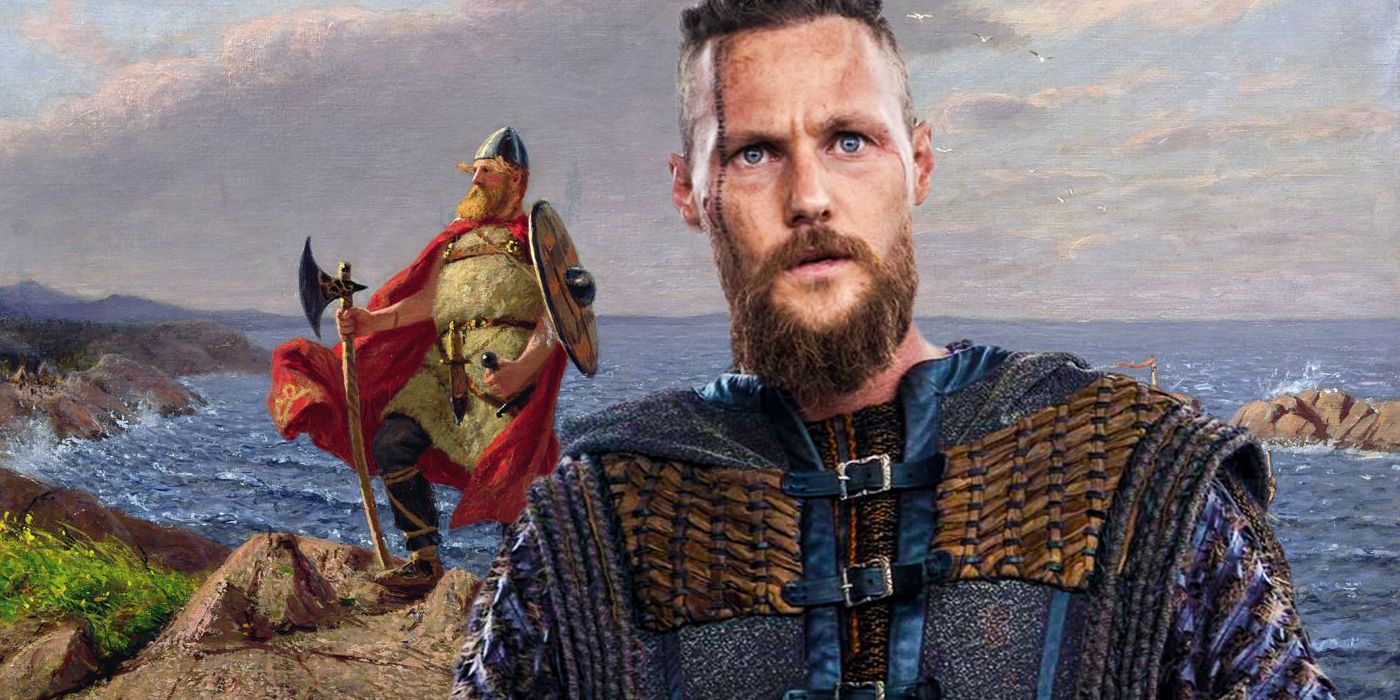
Ragnar’s son Ubbe reached North America by the time Vikings concluded, playing on historical evidence that the Nordic warriors were the first to make contact with the continent, arriving centuries before Christopher Columbus. However, the truth of the Vikings reaching “The Golden Land” is a little more complex than the show depicted, especially when it comes to Ubbe. As the History Channel show drew to a close, Ragnar Lothbrok’s second-eldest son became the first Viking to reach North America, landing on the shores of Newfoundland after a detour to Greenland and a harrowing journey across the sea.
The Norse people’s discovery of North America was accelerated in the Vikings timeline to bring the show’s themes full circle. The story began with Ragnar Lothbrok’s dreams of exploring new lands, and season 6 saw the sons of Ragnar fulfilling his ambitions in different ways. While Ivar the Boneless paid tribute to their father’s fearsome reputation as a warrior and raider, Ubbe pursued Ragnar’s dream of discovering rich new land for farming and settlements. This saw him reach North America in Vikings season 6, episode 18, and while a fitting end to the show, it was also far from historically accurate.
Did The Real Ubbe Ever Reach North America?
The Real Vikings Character Never Made The Trip
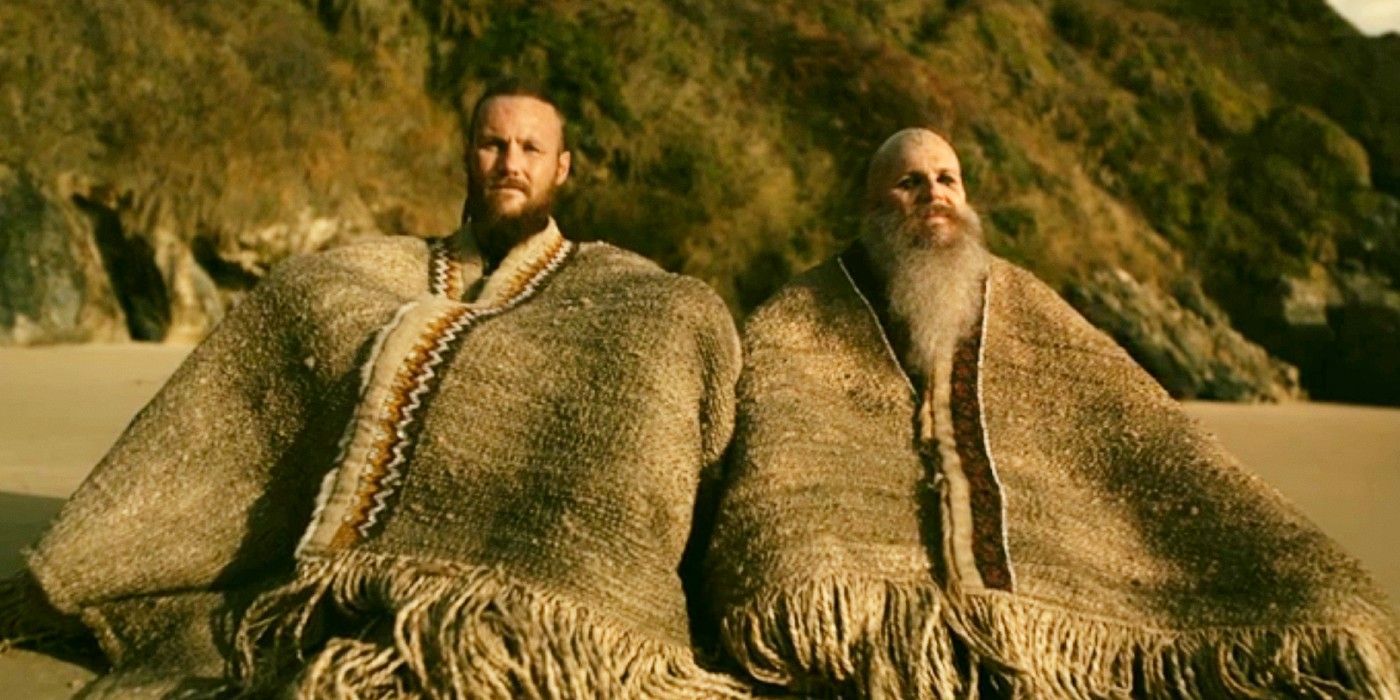
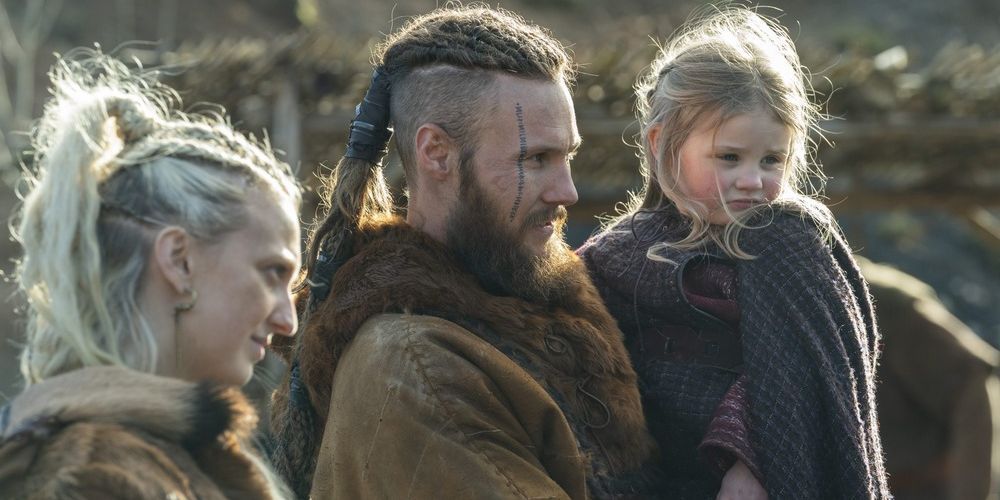
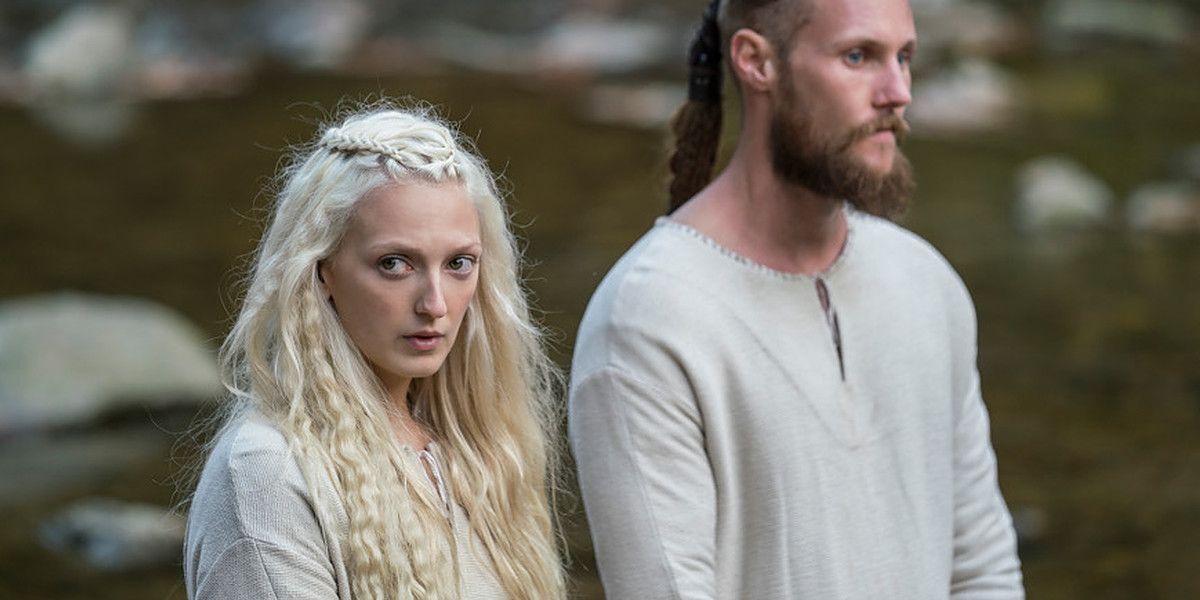
While there’s evidence that the Norsemen did reach the North American continent, it’s more-or-less certain that the real Ubbe wasn’t one of them as Vikings depicted. As far as historians know, the real-life Ubbe never sailed to North America. His best known role in the Norse sagas was as one of the leaders of the Great Heathen Army that invaded England in the mid-ninth century, as depicted in Vikings season 4 and 5.
When it comes to significant Viking figures who managed to reach North America, the wide consensus among experts is that Leif Erikson is the most probable known name to complete the journey — and his story was depicted in the sequel series to Vikings, Vikings: Valhalla. Leif Erikson is the Viking whom history records as the first to lead an expedition to North America.
Leif dubbed the land he discovered Vinland (“Wineland”) after finding an abundance of grapevines and grapes there.
Leif dubbed the land he discovered Vinland (“Wineland”) after finding an abundance of grapevines and grapes there. The area that Leif Erikson explored is known today as Newfoundland, but he didn’t arrive there until approximately 1000 CE, more than a century after the time in which Vikings season 6 is set. So, while there is definitely evidence that some Vikings reached the North American continent, Ubbe Ragnarsson wasn’t one of them.
What Really Happened When Vikings Reached North America?
The Show Portrays Events Very Differently
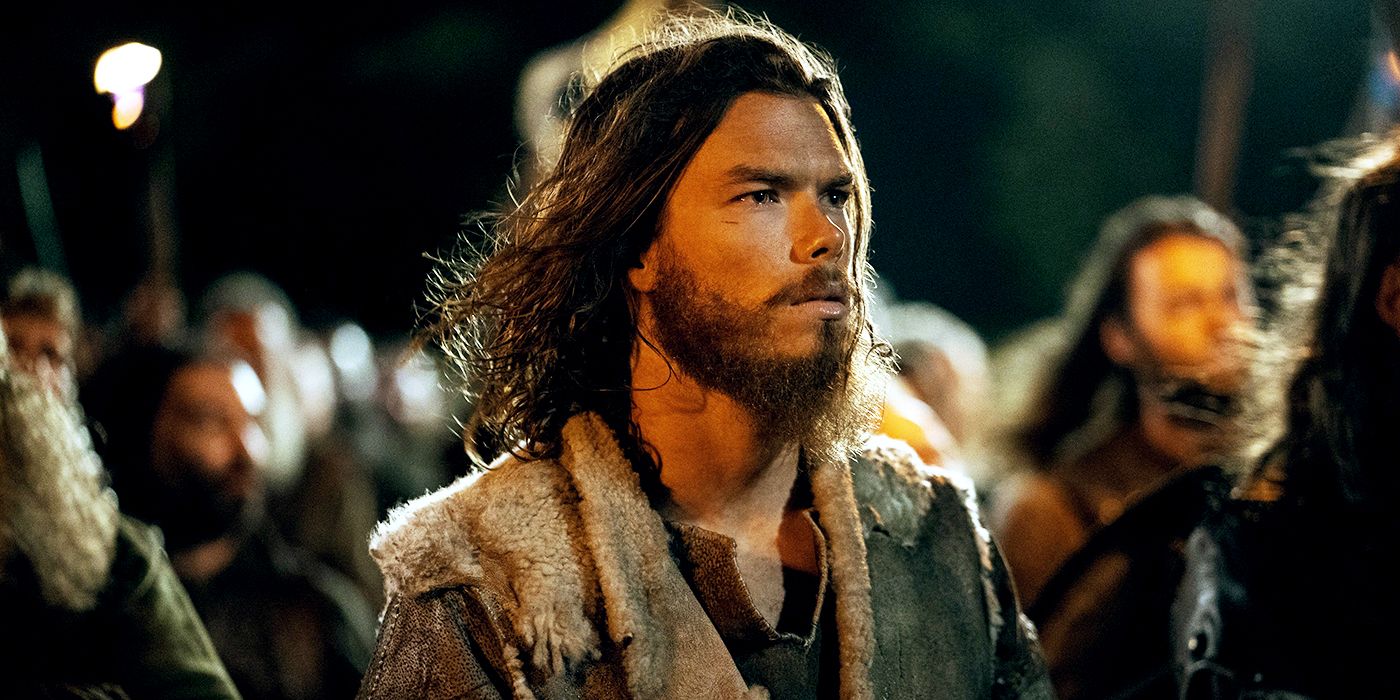
It’s widely believed that the first great Viking expedition leader to reach North America was Leif Erikson, who is a central character in Vikings: Valhalla. However, placing Ubbe in this position isn’t the only change Vikings made to the historical event, as there were several other notable differences, especially when it came to interactions between Vikings and the indigenous population.
Despite initial efforts by the indigenous people to engage in trade, relations quickly soured into violence once again.
History’s account of the Vikings’ first meeting with indigenous North Americans is a lot less romantic than Vikings depicted. According to the Saga of the Greenlanders, Leif didn’t encounter any natives during his first expedition, but his brother Thorvald did in his second summer exploring Vinland. According to the story, Thorvald’s men discovered three hide-covered boats with three men aboard each boat, and slaughtered all but one of the men. A battle followed with a larger force of natives, during which Thorvald was hit with an arrow and soon died from his injuries.
Later, a man called Thorfinn Karlsefni took his own band of Norse people to Vinland to establish a settlement, but despite initial efforts by the indigenous people to engage in trade, relations quickly soured into violence once again. This is a far cry from the events of Vikings season 6, which saw Ubbe and his expedition manage to foster some degree of truth and understanding with the Mi’kmaq thanks to Ubbe being respectful of their beliefs.
Other True Stories That Vikings Altered
Ubbe Discovering North America Isn’t The Only Historical Falsehood
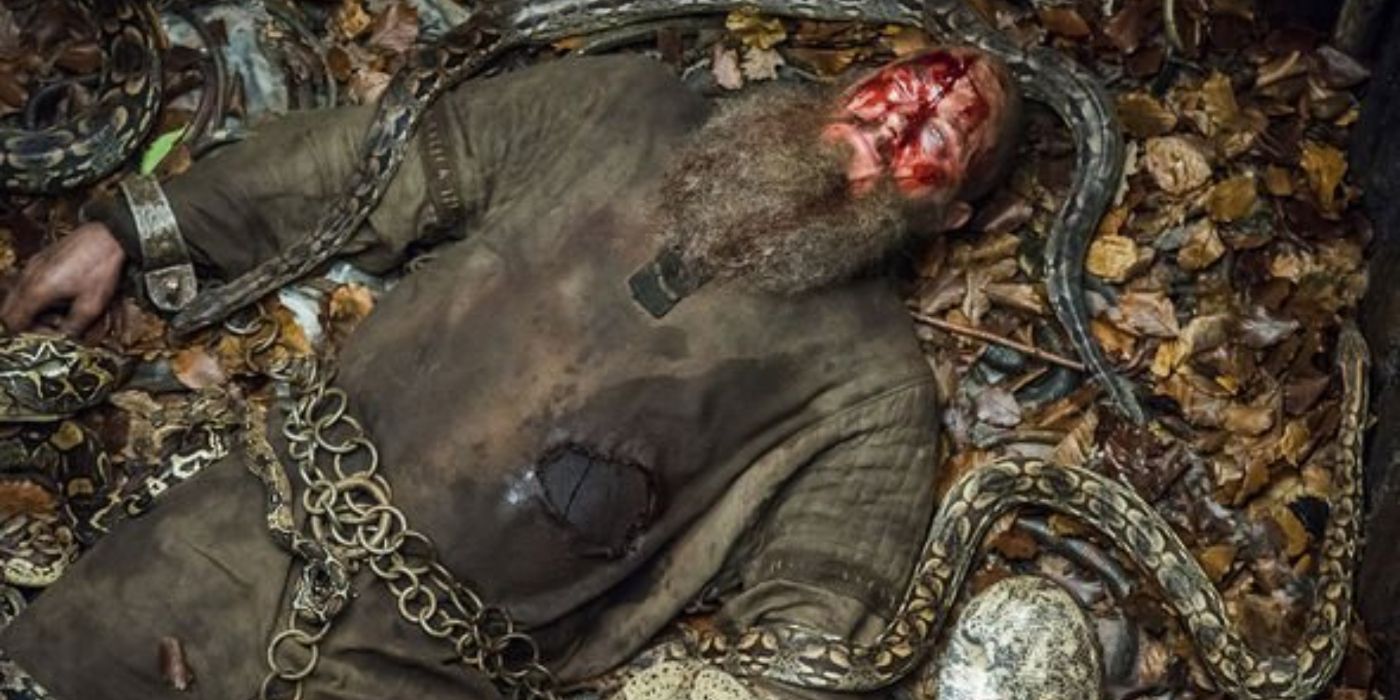
Ubbe reaching North America was a huge deviation from historical accuracy for Vikings, though it’s far from the only instance of the show misrepresenting the true story and legacy of the fabled fearsome Norsemen to spin a compelling narrative for the show. While there are many praiseworthy moments in Vikings when it comes to historical accuracy, there are just as many times when the show made the kind of errors of changes that had historians bristling.
In defense of Vikings, the era it depicts is still mysterious, even to historians.
For example, the kinship of Ragnar and Rollo was central to many of the plots in Vikings until Ragnar’s death in season 4. However, there’s little evidence to suggest that Ragar and Rollo even met, and it’s unclear if Rollo, the Duke of Normandy, was even a Viking. Another is its depiction of Christianity in the Dark Ages, specifically that ancient Christians used to crucify their enemies. This is almost certainly completely false, as there’s no evidence that Christians in any era used to recreate the death of Christ as a way to punish non-believers.
However, in defense of Vikings, the era it depicts is still mysterious, even to historians. The Vikings didn’t keep accurate historical records, and most of what’s known of their culture is recorded in fables and epic saga poems. Such is the level of uncertainty that it’s unclear if Ragnar himself was even a real person. With this in mind, it’s forgivable to an extent that Vikings made some changes to the known narrative to create a compelling drama — and even if the real Ubbe never reached North America, finding the “Golden Land” was a fitting ending for his fictional counterpart.





